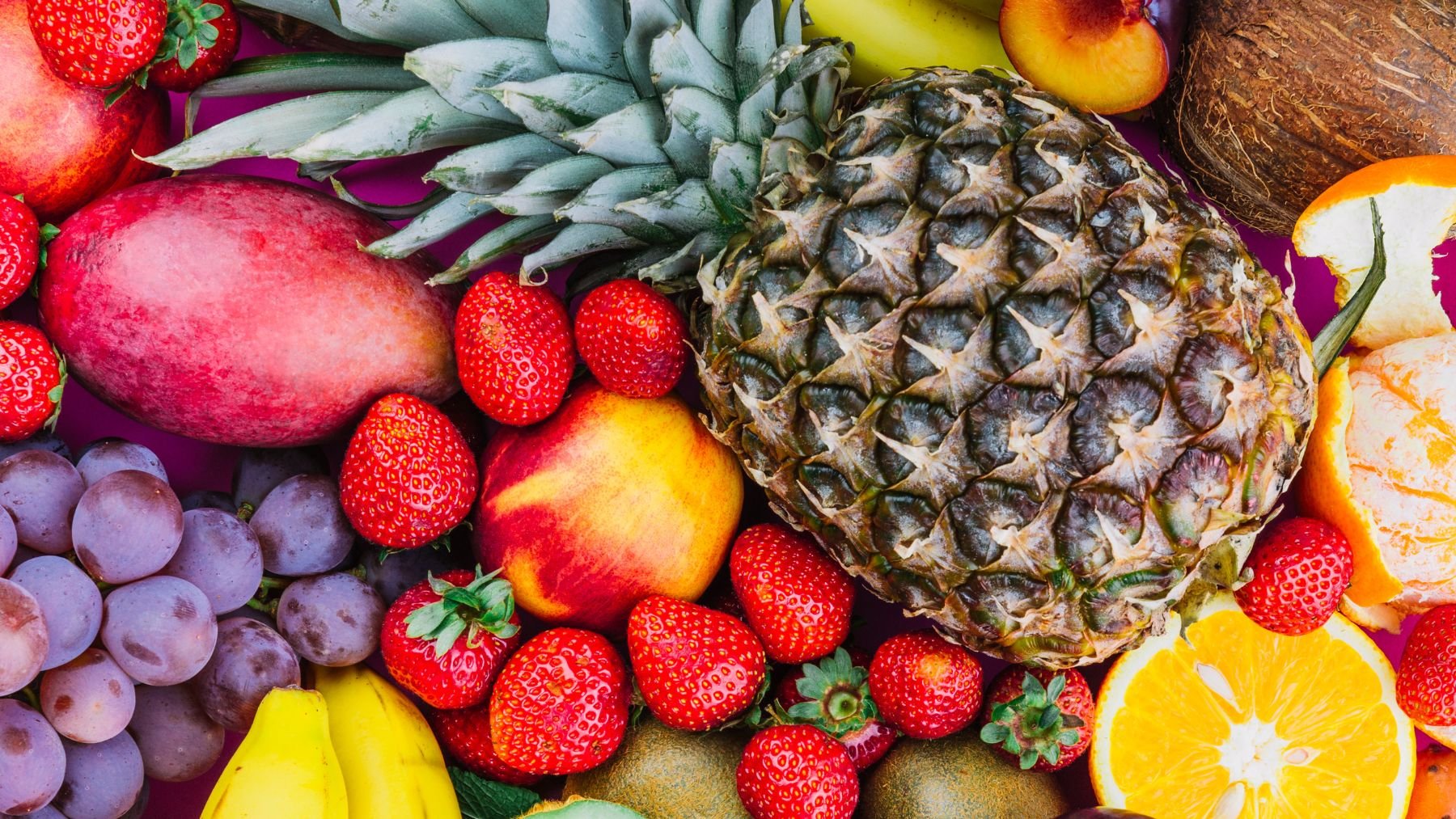Eating fresh fruits and vegetables is essential for a healthy diet, but not all produce is equal when it comes to safety. Pesticides are widely used in conventional farming, and their residues remain on many items even after washing. Understanding which fruits and vegetables carry the highest contamination can help consumers make informed choices and reduce exposure.
While organic produce can lower agrochemical intake, conventional items show a wide range of contamination. Some conventional fruits and vegetables have no detectable residues, but others consistently carry multiple pesticides, which can pose health risks over time.
Grapes: a surprising leader in pesticide contamination
EWG’s 2025 Shopper’s Guide reveals that grapes are among the fruits with the highest pesticide residues in the United States. Nearly all conventional grape samples tested contained toxic chemicals, often in combinations of fungicides and insecticides. The guide now evaluates both the number of pesticides and their toxicity, showing grapes as particularly concerning due to both factors.
Consuming grapes with high pesticide residues may increase exposure to chemicals linked in studies to hormone disruption, developmental issues, and other potential health risks. Washing grapes at home reduces residues, but it does not eliminate them entirely. Choosing organic grapes can help lower exposure significantly, and frozen organic options are often available at more affordable prices.
Other produce with high pesticide residues
Grapes are far from the only produce item with concerning pesticide levels. EWG’s Dirty Dozen™ lists twelve fruits and vegetables most contaminated:
- Spinach – regularly tops the list for both quantity and toxicity.
- Strawberries – almost all samples show multiple pesticide residues.
- Kale, collard, and mustard greens – heavily contaminated with several types of pesticides.
- Peaches, cherries, nectarines, pears, and apples – each shows high levels of multiple pesticides.
- Blackberries and blueberries – over 90% of samples contain detectable pesticides.
- Potatoes – nearly 90% carry post-harvest chemicals such as chlorpropham, used to prevent sprouting.
- Bell and hot peppers, green beans – newly flagged for high contamination and toxicity.
How to wash grapes safely at home
Grapes are one of the most consumed fruits in the U.S., but few people wash them correctly. Like many fresh fruits, grapes can pick up bacteria and dirt during harvesting, handling, and transportation. The FDA notes that contamination can occur at multiple points along the supply chain, from soil and water to storage and human contact.
Most people rinse grapes quickly or skip washing altogether, which can leave behind dirt, bacteria, and pesticide residues. Since grapes are eaten raw and with their skin on, proper washing is crucial to reduce the risk of foodborne illness. The FDA recommends several steps: start by washing hands thoroughly, place grapes in a clean colander, rinse under cold running water, gently rub or shake them, and pat dry with a clean towel. Soap, bleach, or commercial produce washes should be avoided.
Washing grapes not only helps protect your health but can also extend their shelf life. Properly cleaned grapes last longer in the fridge, while unwashed fruit with excess moisture can spoil faster. Although washing removes some pesticide residues, it may not eliminate all traces, making this step important for both conventional and organic grapes. For extra precaution, you can rinse grapes individually after detaching them from the stems, but rinsing under running water is the most effective method.

